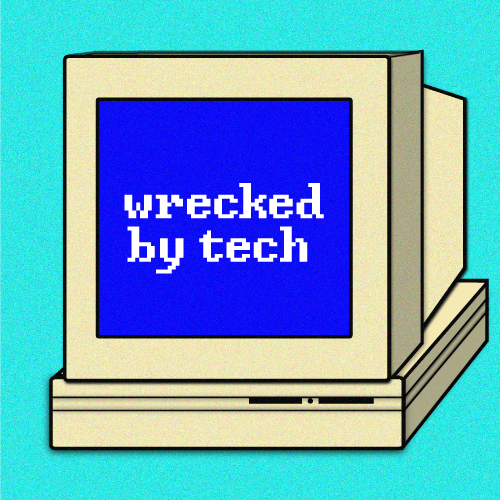Consumers killed the App Store
App subscriptions are coming—and it's our fault
"If you're good at something, never do it for free." It's a great mantra, and (arguably) a universal truth. Sure, lots of people volunteer, create artwork, or help friends and family for free—but that's usually a spare-time endeavor. You train, you learn something marketable, and you work for pay. That's pretty much how society is structured.
Except in the App Store.
In a March feature article, "Life and Death in the App Store," The Verge revealed how difficult it is to be an iOS app developer in 2016:
...for a large swath of these app developers — particularly those without venture capital and sophisticated marketing tactics — the original App Store model of selling apps for a buck or two looks antiquated. In 2011, 63 percent of apps were paid downloads, selling for an average of $3.64 apiece. By last year, a mere 27 percent of downloads were paid, and the average price had fallen to $1.27. Today, profiting from the App Store most often requires a mix of in-app purchases, subscriptions, and advertising.
Developers, it seems, are usually doing the exact opposite of The Joker's mantra. They work for free all the time. And it's not just consumer unwillingness to pay, either: according to a 2014 report by comScore, a whopping 65% of Americans download zero apps per month. Once a lucrative outlet for coding aptitude, iOS app development has become a catch-22: if you can somehow entice people to install your software, they're probably not willing to pay for it.
You could rely on ad revenue, but that only works if people continually use the app. You get paid when people see those ads, not just because you have them. In the end, a developer who coded, cried, tested, and toiled could put out an amazing product still destined to fail.
What hope is there?
Subscriptions in the App Store
Get your wallets out! Ahead of Apple's June 13 Worldwide Developer Conference, Phil Schiller (Senior VP of Marketing at Apple) told The Verge the App Store would be adding support for subscription pricing. Beyond that, Apple is also adjusting margins: soon they'll be taking 30% of revenue for the first year and 15% for subsequent years (until now, Apple's cut was 30% in perpetuity).
Software subscriptions is not a new move—Adobe switched to Creative Cloud in 2013, and Microsoft Office has a subscription plan too—but it's a radical shift for Apple, especially given the current "I want it all for free" climate. This is great news for developers, but potentially bad news for consumers.
Bad news for consumers?
From a software development standpoint, no. Subscription models will encourage developers to keep everything fresh and new, and the guaranteed revenue may mean more frequent updates and bug fixes. Software needs to be updated—if for nothing else than the constant arms race between developers and hackers—and subscriptions could enable more regular development.
From a pricing standpoint, though? It gets mucky.
What happens to apps you've already purchased? Is there an option to grandfather people who've already paid for it? What about your data? If your subscription lapses, do you lose all your app data?
Pricing can also be a concern for developers. How much should you charge? How much is enough to keep development afloat but not scare people away? If users already expect free, will they be willing to pay every month? Will users "app budget" when everyone else goes subscription? Is your app important enough to be in the app budget?
The answers to all these questions will likely work themselves out in the coming months. Until then, I think the most important question is simple:
Why didn't we buy more apps?




